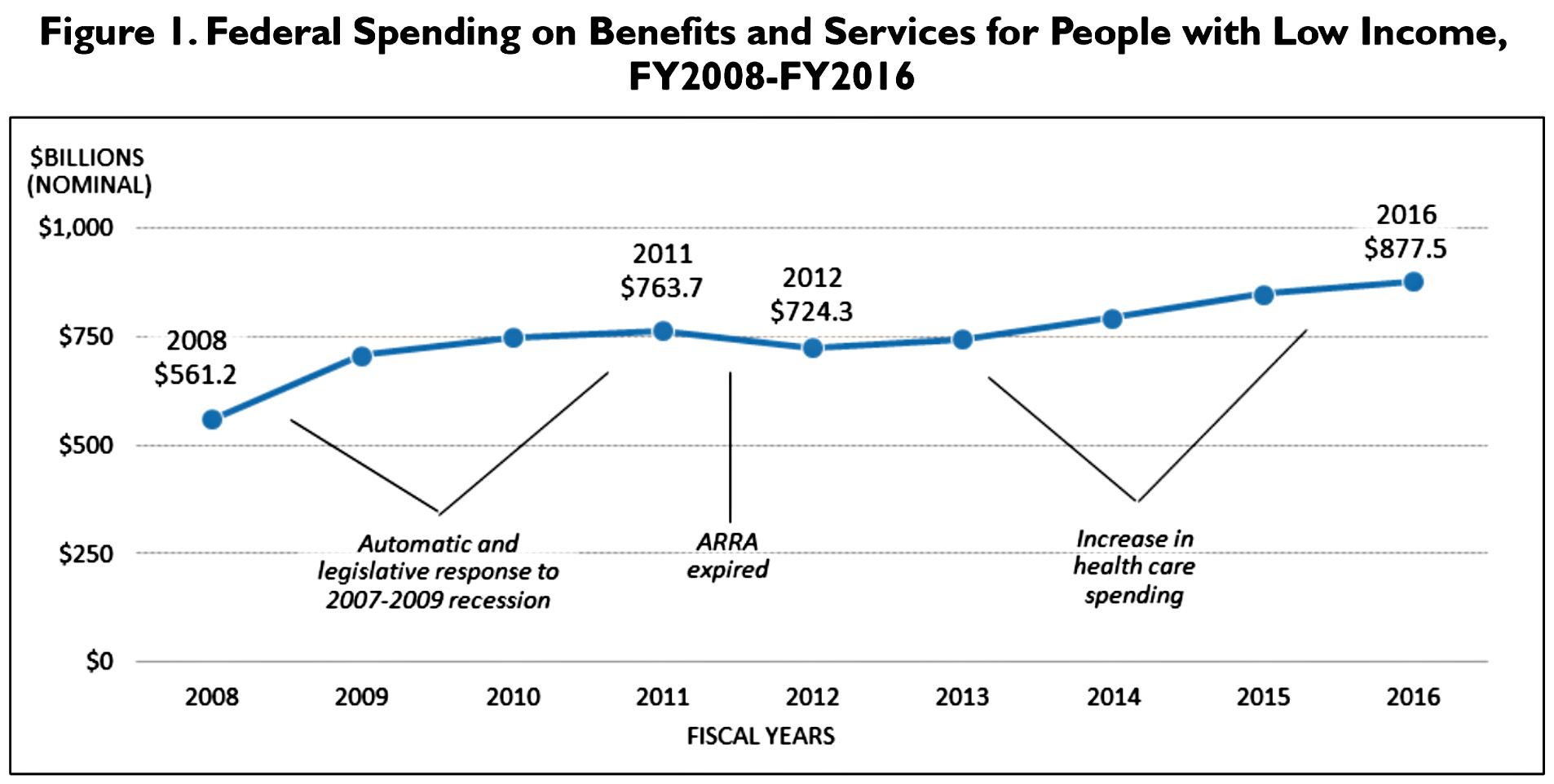Over at the Intercept, Briahna Joy describes an interview of Cory Booker by Charlamagne tha God:
When Booker offered up his baby bonds plan as part of a black-centric agenda, Charlamagne was skeptical on the basis that it wouldn’t exclusively help blacks. It “addresses all Americans,” Booker explained, “but it actually helps the racial wealth gap in a significant way,” by creating a savings account for low-income students.
Booker is right. The unfortunate overlap between poverty and some historically marginalized identity groups means that when programs are equitably designed, a rising tide will disproportionately improve their fates: Since 1 out of 3 non-elderly Latinos and 1 out of 4 non-elderly blacks lack health insurance, those groups stand to be some of the biggest beneficiaries of “Medicare for All.” Blacks and Latinos are more likely to rely on Social Security benefits as an exclusive source of retirement income than whites, meaning attacks on Social Security threaten those groups disproportionately as well. Blacks and Latinos are overrepresented among minimum wage jobs, meaning we stand to gain more from a $15 minimum wage. And on, and on, and on.
Both Booker and Joy are correct. Since blacks and Hispanics make up a big share of the low-income population, universal programs help them more than they help whites. However, the same is true of means-tested programs that exclusively target low-income families. But by how much?
The top line number isn’t too hard to get. The Congressional Research Services estimates that total federal spending on families with low incomes comes to about $900 billion:

Very little of this is cash. It includes Medicaid benefits, cash welfare, housing assistance, SNAP, and a few other smaller programs. The number would be higher if you added in state and local spending, but in broad terms you can figure that we’re talking about roughly a trillion dollars or so.
The vast majority of this goes to families with children under 18. Black and Hispanic families make up about a third of this demographic group, but they receive more than half of all means-tested benefits. I’ve been unable to track down anything more specific, but my very wobbly best guess is that on a per capita family basis, black and Hispanic families receive about $11,000 in benefits while white families receive about $4,000. If this is accurate then means-tested programs are indeed a fairly effective way of closing the racial income gap.
Don’t take anything away from this that I haven’t actually said. I’m not laying out a program for black America and I’m not pitting means-tested welfare against other kinds of racially conscious programs. What’s more, my numbers are a very hazy guess. They could be off in either direction by a fair amount.
In fact, that’s why I’ve written this post. I’m interested in just how much more means-tested programs help minority communities compared to white communities. I’m surprised I can’t find a rigorous estimate of this, and I figure it must be out there somewhere. I’m hoping someone will speak up and let me know where I can find it.














